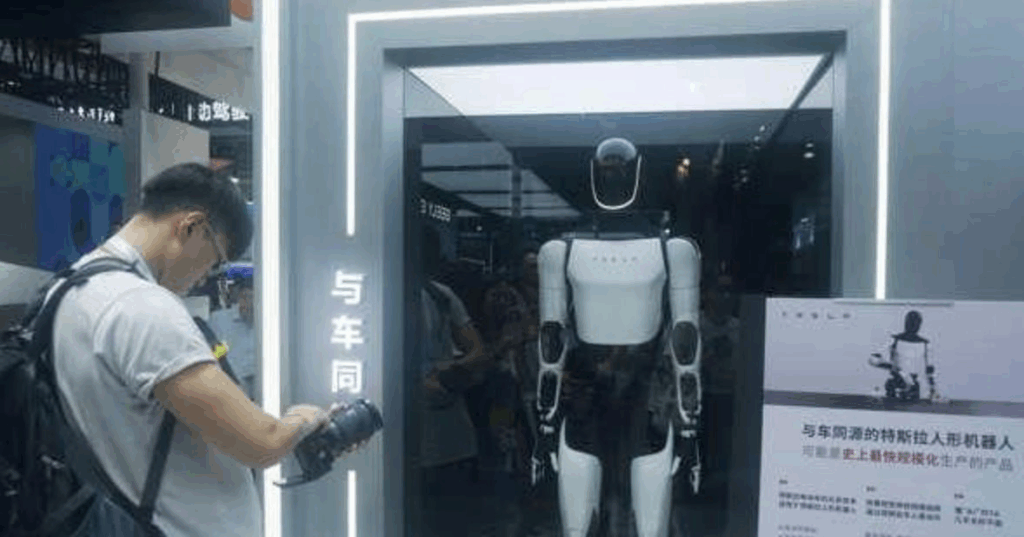AT. Elon Musk: Tesla’s Optimus could increase global GDP 100 times, completely eliminate poverty
According to Musk, Optimus will be the biggest turning point in human history, when each robot can work continuously, tirelessly, without needing to rest.

At Tesla’s recent shareholder meeting, Elon Musk stunned the technology and finance world with his statement: Tesla’s humanoid robot Optimus could increase global GDP by 100 times.
According to Musk, Optimus will be the biggest turning point in human history, when each robot can work continuously, tirelessly, without rest, and “will create an economy so abundant that people no longer have to work to survive”. He emphasized, “the only way to eliminate poverty and inequality on a global scale is through this robot army”.
Optimus was introduced by Tesla in 2021, but it was only in 2025 that Musk really described it as Tesla’s most important future product. He believes that a future Optimus robot can achieve five times the productivity of an average worker, and if mass-produced, billions of such robots will completely change the world’s economic structure.
“When AI has a body, there will be no limit to the productivity of the economy,” Musk said in a speech quoted by Business Insider, predicting that Tesla’s future value will come primarily from robots, not electric cars.
Musk’s vision reads like a manifesto for a post-labor era where robots will take over almost all manufacturing and service jobs. He argues that with Optimus, humanity could achieve “universal high income” because the massive productivity robots create will drive down the cost of goods and give governments the resources to redistribute wealth. In one passage, Musk even envisions robots taking on the role of social security monitors, “following people who commit crimes to prevent them from reoffending, instead of locking them up in prison.”

But, as is often the case with Musk, experts were quick to question the feasibility of this claim. With global GDP currently around $100 trillion, a 10- to 100-fold increase would mean a world economy of $1 million to $10 quadrillion—a figure that defies all economic models and requires unprecedented advances in energy, infrastructure, materials, and manufacturing technology. Reuters commented that “Musk is once again getting away from reality with vague calculations,” recalling that most of his projects—from fully autonomous cars to Mars travel—are years away from reality.
Even with Optimus, Tesla’s demonstrations were still prototypes. The robot could walk, bend, move light objects, and perform basic tasks, but it was far from “replacing human labor.” Robotics engineers warn that the ability to handle real-world situations with ease – something that humans do with ease – is a huge challenge for machines. Moreover, the cost of mass-producing humanoid robots is still unclear; even at the current pace of technology, building billions of them could take decades and trillions of dollars in investment.
But, despite the usual hyperbole, Musk’s statement reflects an undeniable trend: the world is moving rapidly toward full automation. From manufacturing lines to customer service to creative jobs, artificial intelligence is replacing humans at an increasing rate.
Optimus – though still in its early stages – may symbolize the time when AI moves off the screen and into real life. If Musk’s vision is correct, it’s not just a change in technology, but a revolution in work philosophy – where value is no longer measured by hours worked, but by a person’s creativity, empathy, and social orientation.


